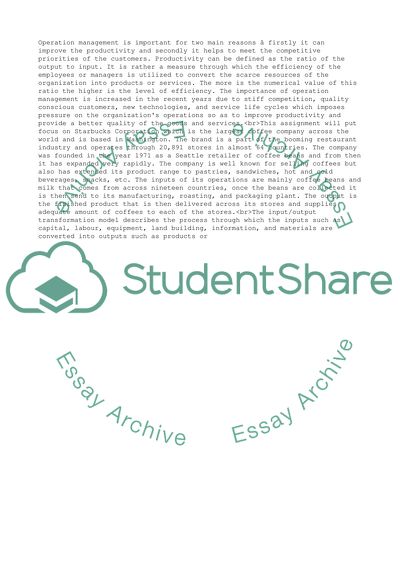Cite this document
(“Operation management Assignment Example | Topics and Well Written Essays - 3000 words - 3”, n.d.)
Operation management Assignment Example | Topics and Well Written Essays - 3000 words - 3. Retrieved from https://studentshare.org/business/1641601-operation-management
Operation management Assignment Example | Topics and Well Written Essays - 3000 words - 3. Retrieved from https://studentshare.org/business/1641601-operation-management
(Operation Management Assignment Example | Topics and Well Written Essays - 3000 Words - 3)
Operation Management Assignment Example | Topics and Well Written Essays - 3000 Words - 3. https://studentshare.org/business/1641601-operation-management.
Operation Management Assignment Example | Topics and Well Written Essays - 3000 Words - 3. https://studentshare.org/business/1641601-operation-management.
“Operation Management Assignment Example | Topics and Well Written Essays - 3000 Words - 3”, n.d. https://studentshare.org/business/1641601-operation-management.


